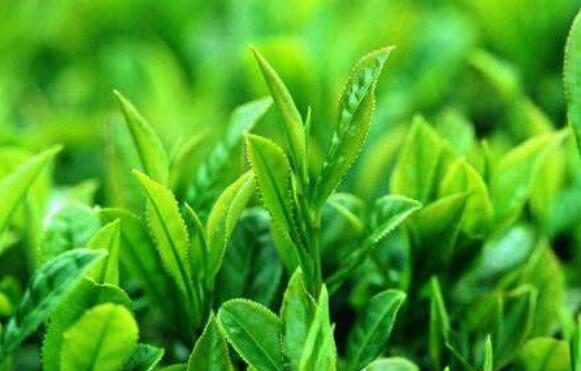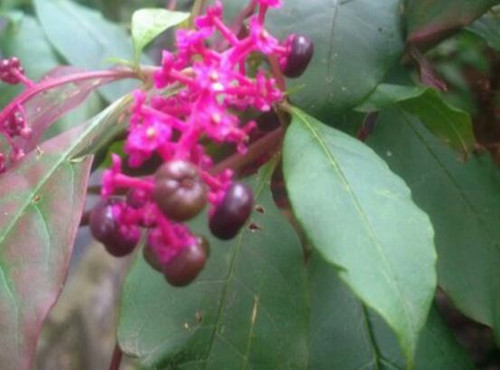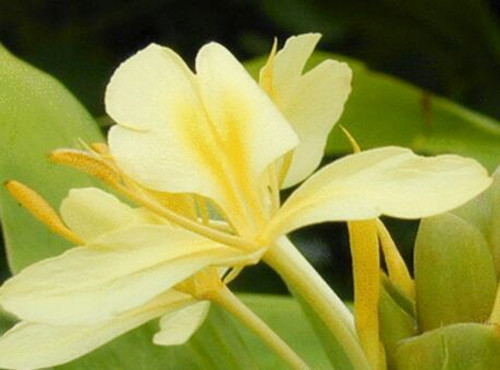What does Xihu Longjing Tea tea tree look like? How much is the seedling price? Can you make bonsai? (with cultivation points)
Xihu Longjing Tea, a green tea, is one of the top ten famous teas in China. It is produced in the mountains around Longjing Village, Xihu Lake, Hangzhou City, Zhejiang Province, hence its name. So what does Xihu Longjing Tea tea tree look like? How much is the seedling price? Can you make bonsai? It is learned from the seedling base of Shuyang County that the price of Longjing tea seedlings is 0.18-3 yuan per tree.

What does Xihu Longjing Tea tea tree look like?
Super West Lake Longjing Tea is flat, smooth and straight, bright green in color, fresh and high in aroma, fresh in taste and delicate in leaf bottom.
The super Xihu Longjing Tea and Zhejiang Longjing in spring tea have a flat and smooth shape, a sharp Miaofeng, a bud longer than the leaves, a bright green (yellow) soup, a delicate fragrance or chestnut fragrance, but some tea with a high fire fragrance, a refreshing or mellow taste, and a light green leaf bottom, still intact. With the decline of the grade, the shape and luster of other levels of Longjing tea changed from tender green → turquoise → dark green, tea body from small to large, tea strips from smooth to rough; the aroma from tender to thick, the fourth grade tea began to have a coarse taste; the bottom of the leaves changed from tender buds to entrainment leaves, and the color changed from light yellow → turquoise → yellow brown. Summer and autumn Longjing tea, dark green or dark green, the tea body is large, the body is hairless, the soup color is yellow and bright, fragrant but rough, the taste is strong and slightly astringent, the leaf bottom is yellow and bright, and the overall quality is worse than that of the same grade spring tea.
Can West Lake Longjing tea saplings make bonsai?
West Lake Longjing tea saplings can be used as bonsai. Here are the main points of cultivation:
1. Planting: spring planting in the north of the Yangtze River and autumn planting in the south of the Yangtze River. Good drainage and strong water retention should be selected for land cultivation. A sandy loam rich in humus. Pot culture was made of rotten leaf soil, sandy soil, stable fertilizer soil, or 4 parts of rotten leaf soil, 5 parts of peat soil and 1 part of coarse sand. The value of pH is 5-6.5. The planting land should choose a place where there is no stagnant water or can not be exposed to the hot sun. The potted Longjing tea is placed in a ventilated and transparent place in winter and in a shady shed or other shady place in summer. Tea Longjing is not allowed to move randomly, otherwise it is disadvantageous to its growth.
2. Light and temperature: Longjing tea is a long-day plant. The optimum growth temperature was 18-25 ℃, and higher than 35 ℃ would burn leaves. Not cold-resistant, should enter the room in winter, the temperature should be maintained at 3: 5 ℃, can also withstand a low temperature of-10 ℃ for a short time, but not more than 16 ℃ for a long time, otherwise it will promote germination and cause fallen leaves. During the growing period, you should be placed in a semi-overcast environment and should not accept excessive direct sunlight. Especially in summer and autumn, shade should be carried out, or under the trees in a sparse shade.
3. Watering and fertilization: Longjing tea has higher requirements for fertilizer and water, and both neutral and alkaline loam are disadvantageous to its growth. In the north, special attention should be paid to the acidification of alkaline water before it can be watered. The specific method is to store the rice water for 2 days, volatilize the chlorine in the water, and then add an appropriate amount of ferrous sulfate (about 0.5% of the water). The amount of water should not be too large, otherwise the roots will rot easily. The basin soil can not be dry, otherwise it is easy to make the roots shrink because of water loss, so as to keep the basin soil and the surrounding environment moist. It is better to apply fertilizer with thin alum fertilizer and water, and avoid applying thick fertilizer. Generally, after sprouting in spring, thin fertilizer and water are applied every 17 days, phosphorus and potassium fertilizer are applied in summer, and fertilizer can be stopped for about one month in early autumn.
4. Shaping and pruning: Longjing tea planted in the ground mainly cut off dry and withered branches, diseased and weak branches, cross branches and overdense branches, which obviously affected the tree-shaped branches. In addition to the above work, potted Longjing tea should also be shaped and trimmed according to personal preferences, but it should not be re-cut, because its growth potential is not strong.
Diseases and insect pests and their control
1. The main diseases of Longjing tea are ring streak, anthracnose, shoot blight, leaf spot, bituminous coal disease and so on. The main control agents are: carbendazim 800 times, carbendazim 500 times, chlorothalonil 800 times, carbendazim 800 times regularly.
2. The main pests of Longjing tea are red spiders, aphids, scale insects, leaf rollers and bridge worms. The main control agents are cypermethrin 15ml + isocarbophos 20ml or monocrotophos 25ml / 30 jin water spray.
Time: 2019-03-21 Click:
- Prev

How is pokeweed grown? How much is a catty? What is the efficacy and function?
Pokeberry is found in southwest to northeast China, Korea, Japan and India. Its vitality is strong, often wild at the foot of the mountain, forest, roadside and house, plain, hills and mountains are distributed. So, how does pokeweed grow? How much is a catty? What is the efficacy and function? How to grow pokeweed
- Next

How to plant turmeric flower, one of the five trees and six flowers? What are the effects and effects?
Turmeric flower is native to Xizang, Sichuan, Yunnan, Guizhou, Guangxi and India, and is born in dense forests in the valley. The turmeric flower is designated as one of the six flowers in the five trees and six flowers by the Buddhist temple. It has important cultivation value. So, how to plant turmeric flowers? What are the effects and effects? How to plant turmeric flowers
Related
- Fuxing push coffee new agricultural production and marketing class: lack of small-scale processing plants
- Jujube rice field leisure farm deep ploughing Yilan for five years to create a space for organic food and play
- Nongyu Farm-A trial of organic papaya for brave women with advanced technology
- Four points for attention in the prevention and control of diseases and insect pests of edible fungi
- How to add nutrient solution to Edible Fungi
- Is there any good way to control edible fungus mites?
- Open Inoculation Technology of Edible Fungi
- Is there any clever way to use fertilizer for edible fungus in winter?
- What agents are used to kill the pathogens of edible fungi in the mushroom shed?
- Rapid drying of Edible Fungi

